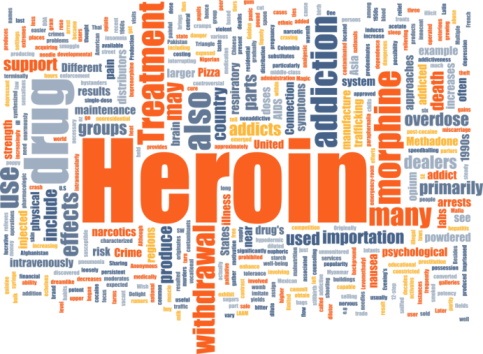Narcan kits help save lives after heroin overdose

Thousands of narcotic drug users are alive today because their friends and family members used emergency kits to reverse their overdoses.
These emergency kits contain naloxone, which most people know by its trade name Narcan. Naloxone can reverse the fatal effects of overdosing on heroin or other opioids.
According to a recent report from the Center for Disease Control and Prevention, from 1996 through June of 2014, more than 150,000 of these kits were provided to nonprofessionals who reversed 26,463 overdoses. These figures do not include the lives saved by police officers, emergency medical services personnel and other professional first responders who also used the kits.
“The more we distribute these kits, the more lives can be saved,” says Dr. Adam Rubinstein, an internal medicine and addiction medicine physician at Advocate Condell Medical Center in Libertyville, Ill.
In preparing the report, researchers reviewed data from surveys given to organizations that provided naloxone kits to nonprofessionals. They found the majority of overdoses reversed involved heroin.
Dr. Rubeinstein says getting naloxone kits into the hands of friends and family members of narcotic drug users is important because these people are more likely to witness overdoses.
He likens the availability of the kits to that of Epi-pens, which counteract severe allergic reactions, or automated external defibrillators, which can restore a normal heartbeat to prevent cardiac arrest.
“Both of them can potentially save lives. We [the public] invest in them,” he says. “It’s not shocking but it is unfortunate we’ve waited this long to make [naloxone kits] available in our communities.”
When a person takes heroin, it binds to receptors in the brain and elsewhere in the body, affecting the central nervous system, slowing heart rate and suppressing breathing. Naloxone, administered through a nasal spray or injection, reverses those fatal consequences by “kicking the heroin off the receptors,” says Dr. Rubinstein.
The researchers say providing naloxone kits to nonprofessionals is safe and cost-effective and if distribution programs were expanded, they believe more lives could be saved. Researchers also call for naloxone kits to be given not only to people who might be witnessing overdoses from heroin, but overdoses from prescription painkillers such as OxyContin and Vicodin.
Administering naloxone to someone who is unconscious but has not overdosed on heroin or another opioid is not harmful.
“Why not give everyone a chance,” says Dr. Rubinstein. “It can be just 10 minutes from the time a person becomes unresponsive until they die. So by the time you call 911 and the paramedics arrive, it might be too late.”
Related Posts
Comments
One Comment
About the Author
Kathleen Troher, health enews contributor, is manager of public affairs and marketing at Advocate Good Sheperd Hospital in Barrington. She has more than 20 years of journalism experience, with her primary focus in the newspaper and magazine industry. Kathleen graduated from Columbia College in Chicago, earning her degree in journalism with an emphasis on science writing and broadcasting. She loves to travel with her husband, Ross. They share their home with a sweet Samoyed named Maggie.


















This is such a great idea!!